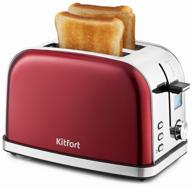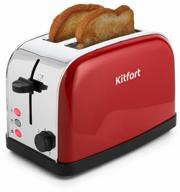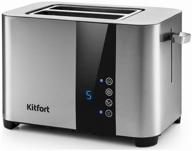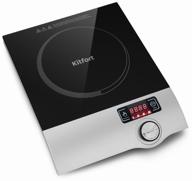
Review on Alpicool Portable Refrigerator Vehicle Freezer by Michael Schwegman

Spectacular value - but some issues
Okay I basically lived on this thing for a few months on long trips. I waited to write this review until I actually lived with him and got to know him well. This thing has a lot of recommendations. Most importantly, it's a real fridge, using the same compressor technology as your domestic fridge. The compressor makes it powerful enough that it can even work as a freezer if that's what you want. The compressor makes it very efficient, way better than those thermoelectric coolers, and it runs pretty quiet. It's not big but big enough to cover your basic needs. And it's an absolute steal compared to similar devices. It comes with a 110v converter so you can plug it into your car on the go and then take it to your hotel room and plug it into the wall all night. Here's the bad part: you absolutely have to buy a fridge thermometer and spend some time playing with this thing before you see how the temperature you set correlates to the temperature you really want. Be patient. You'll be disappointed at first, but you can get to the point where your food stays where you want it without freezing it. You see, the machine never really knows how cold the food inside will get. It also doesn't constantly blow cold air on your food with a fan like you would in your fridge at home. This is a very simple system with a single coolant coil wrapped around the sides of the box. The refrigerant makes the walls of the radiator very cold. This cold wall makes the air and ultimately your food cold. But stagnant air doesn't conduct heat very efficiently, after all it's the foundation of most insulation. Why does it matter? Because this design means it changes the way you pack the box where you need to set the temperature. On the one hand, if you pack a room-temperature thing filled with things, things touching the walls, the heat of that food will transfer to the walls of the box and from there to the coolant, making the machine work. . On the other hand, if you put a small glass of water in the middle of the box and leave the fridge entirely empty, the walls will still be cold and stay cold, but that glass will take forever to cool. Water indirectly through the air without a fan circulating around the air. So you lower the thermostat temp a little when the fridge is empty and raise it a little when it's full. After a while you'll figure out where to install it depending on what you have and how crowded it is. is. But you should definitely have a fridge thermometer so you can find out what's really going on in the box, especially if you're learning how to use it for the first time. Another caveat with this thing is that it's pretty heavy, even when empty. And it's unevenly heavy, with the compressor and stuff on one end and your relatively light food on the other. While you can certainly lug it to your hotel room every night on long trips, I'm definitely sick of it. And like any other compressor fridge, you can seriously damage it if you don't keep it upright at all times. Nobody tips their cooler on purpose, but you want it to stand up straight, especially while you're working. It copes well with the usual bumps in the road, but isn't at all happy with sitting even on a slight incline during use (it will start making annoying noises and I expect it will die eventually , if you ignore these sounds )). So think carefully about where you plan to put it while you work, is there enough airflow around that one end, etc., and understand that your car's back seat is probably NOT level enough because it's sloped so that it is convenient for humans. Expect some fiddling before heading to reach the fridge and stall level. But overall I really enjoyed it, and it probably paid for itself within a month as we had to eat out less on the go, let alone food. much healthier than if we had to eat some fast food. It's a good choice for a standalone system, a small RV, or a family going on a long trip and don't want to buy ice all the time. It outperforms one of those cheap thermoelectric coolers in almost every way except weight. For an easy weekend hike, use a traditional cooler that doesn't require electricity. But for longer trips, this thing is totally worth the higher initial cost and some of the issues I just explained.
- Looking forward to
- Clarity
New products
Comments (0)
Top products in 🍴 Small Appliances
Another interesting products

4 Pack 12 Inch Stainless Steel Round Pizza Baking Pan Tray Crisper Sheet Oven Cooking Healthy For Pizzas - Deedro

47 Review
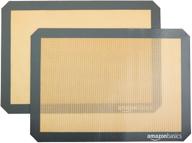
AmazonBasics Silicone Baking Mat Sheet

48 Review

2-Pack European Grade Silicone Bunte Cake Pan Set - Non Stick Bakeware Fluted Tube Mold For Jello, Gelatin & Cakes | 9 Inch Baking Pans | Aokinle | BPA Free

38 Review

PME Scriber Needle Modelling Tool, For Cake Decorating, 5.7-Inch

38 Review


